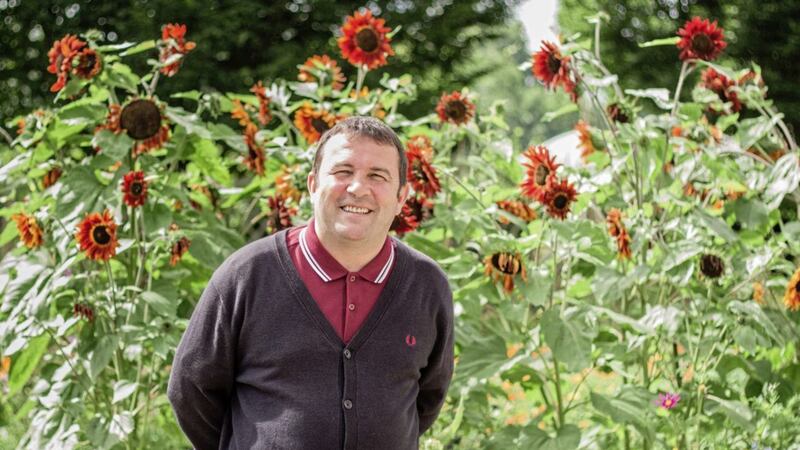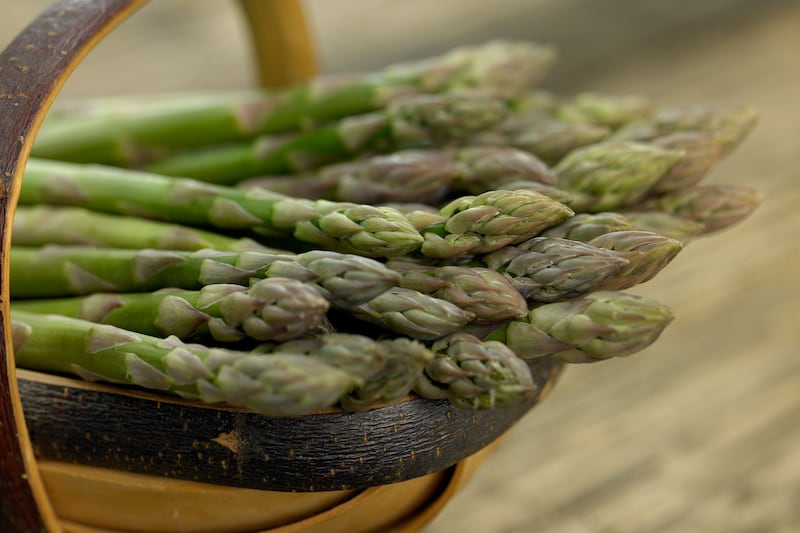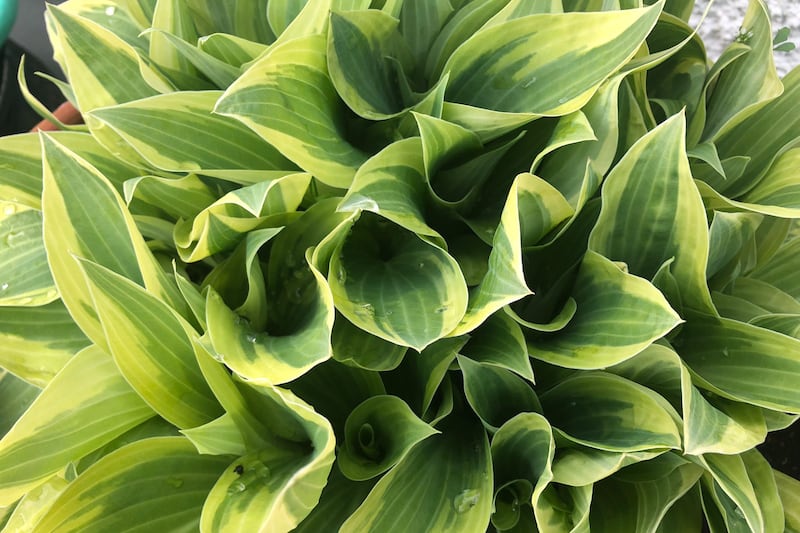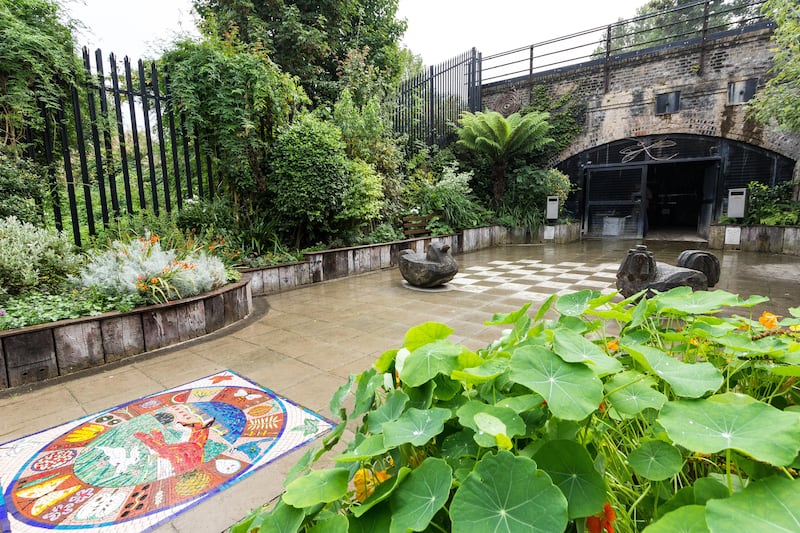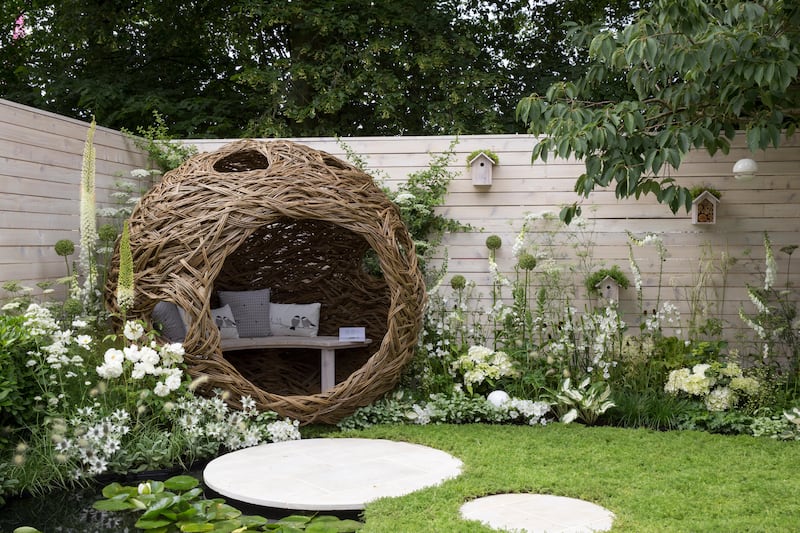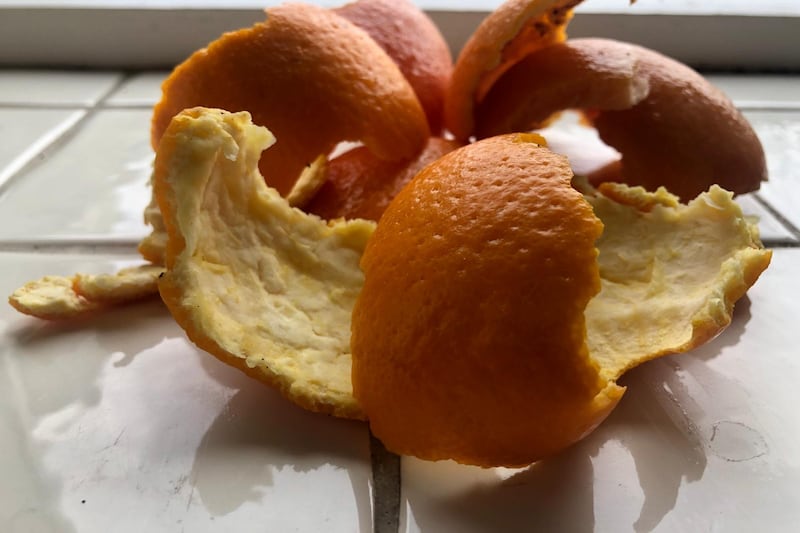CHILDREN are being invited to get creative with little gardening projects, courtesy of former Blue Peter gardener Chris Collins.
It could be making a 'Pizza Wheel' where they grow their own ingredients for a pizza topping, nurturing a 'Cress Caterpillar' made from an egg carton, or making a 'Butterfly Pie' to attract beautiful butterflies.
"Start simple and quick-growing," says Collins, head of organic horticulture at the charity Garden Organic (gardenorganic.org.uk).
"Pea-shoots, cress or lettuce leaves are perfect starting places for impatient minds. Shoots will appear in just a matter of days, with only a short wait before you have something to eat," he explains. "Identify colours, draw flowers, count seeds, and encourage home cooking using the produce grown."
Here are three projects to keep the little ones amused, plus tips for getting kids interested in organic growing...
1. Pizza wheel: What you'll need: String; 2 bamboo sticks; pebbles, shingle or sand; 4-6 types of seed to suit a pizza topping.
How to make it: Fork over a bit of ground and rake. You can either do this in a raised bed or a large pot. Next you'll need to mark out a circle using the string and two bits of bamboo. This circle will be the base for your pizza, which can then be divided into pizza slices using pebbles, shingle or sand.
Once you have your sections, you can sow four to six types of seed or plant plugs into each one to make toppings suitable for a scrummy pizza. Seeds could include basil, tomato, sweet peppers and rocket - whatever your children like on a pizza. Look after your pizza wheel and watch it grow.
"Learning about where their food comes from, how it is grown and looked after and the importance of insects to the food chain are great life lessons for children," adds Collins.
2. Cress caterpillar: What you'll need: Cress seeds; cotton wool or organic compost; egg box; scissors; paint and paint brush; googly eyes and pipe cleaners.
How to make it: First, cut the lid away from your egg box and cut through the middle so you have three sections to plant your seeds in. Decorate your box by painting it, adding a face for your caterpillar, along with googly eyes and pipe cleaner antennae.
Once dry, pop a cotton wool ball in each section. Water the cotton wool and sprinkle liberally with cress seeds. Keep moist and you should see sprouts within a few days, and be able to chop it and eat it within a couple of weeks.
3. Butterfly pie: What you'll need: Bin liner or pot; sugar (white or brown); water; partially rotted plums or similar fruit; small trowel or spade.
How to make it: Dig a small hole in a border or pot, about 30cm wide by 15cm deep. Create a ridge around the hole and line it with a piece of bin liner and pierce with just a few holes. Next, dissolve some sugar in water and add some partially rotted plums or similar fruit.
Mix the ingredients together and add to the soil from the hole. Pop the final mixture in the hole or pot and your Butterfly Pie is complete. Soon you'll see various butterfly visitors.
Teach organic: Try to teach organic gardening too, Collins stresses. "As parents we don't want our children eating things sprayed with chemicals, or soil with artificial fertiliser on, so it is really important to teach them organic methods.
"Children also love seeing and interacting with caterpillars and ladybirds. If you have sprayed your garden with pesticides they will be hard pressed to find these fascinating creatures."
Parents shouldn't interfere too much either, he suggests. "Give them responsibility for their own space. That could be part of the garden, a pot on a balcony or patio, a hanging basket, or a container on the window ledge. If they look after it every day, they'll see the plants shoot, flower and fruit before their eyes."
He continues: "Children love putting their hands in the soil and getting them dirty. Getting them outdoors and involved with nature is a natural thing for them to do, and a great learning experience.
"It will also get them outdoors and active. Gardening can have a positive effect in so many different ways."
